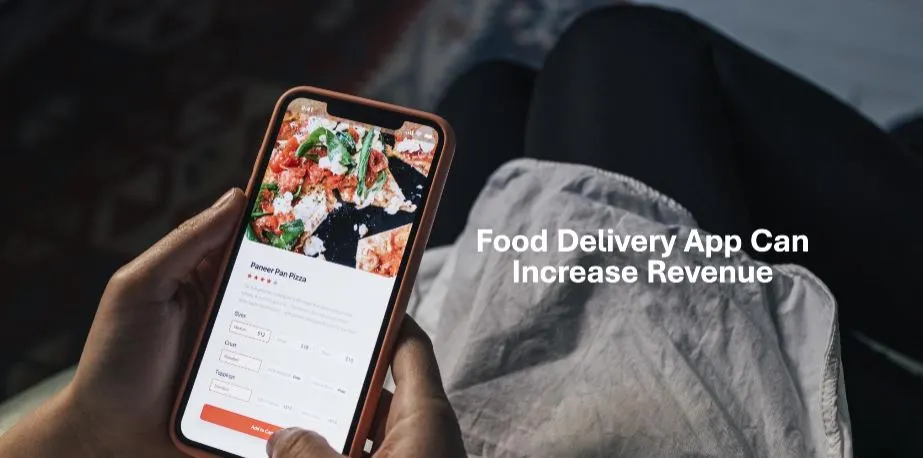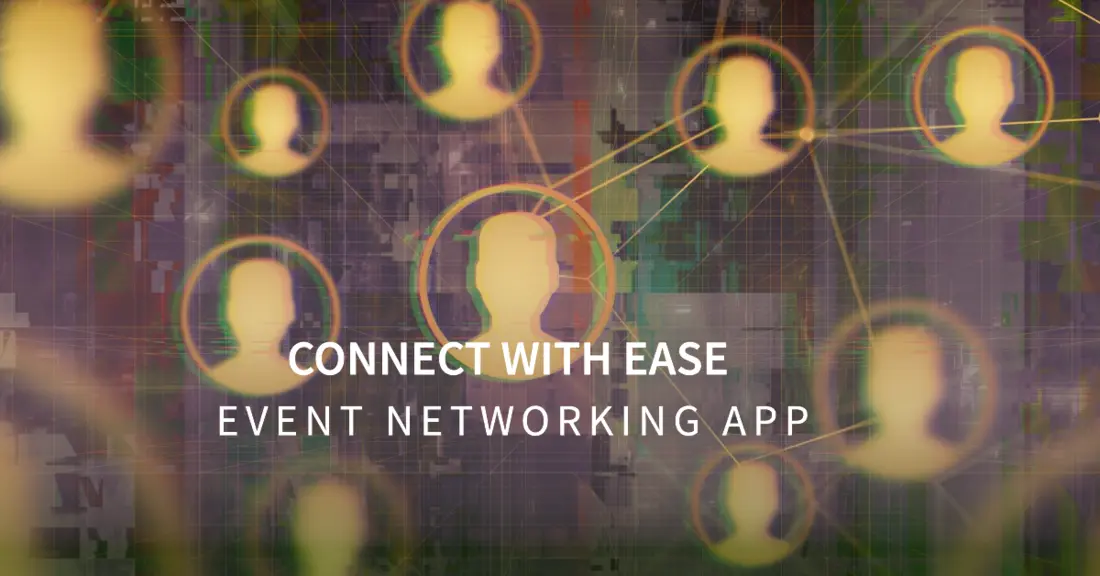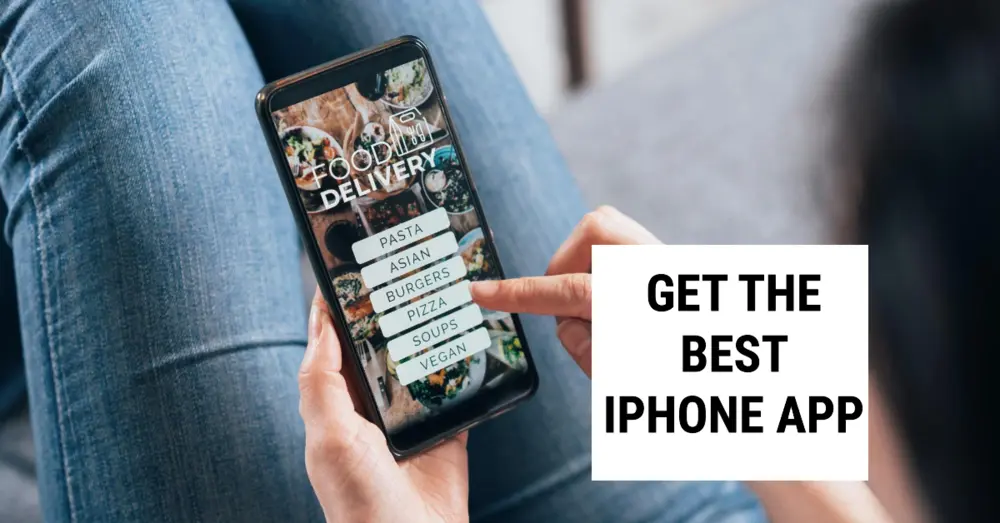You operate a small chain of cloud kitchens delivering biryanis and kebabs in a metro area through Swiggy and Zomato. But with commissions eating into already thin margins, you feel the aggregator model will not suffice to scale further.
Launching your own on-demand app for food delivery seems the logical option ahead.
As your team draws up plans for getting an tailored app developed, payment integration aspects come up often. Beyond enabling a checkout process, you need mechanisms ensuring consumers find ordering instinctively easy. This is what fuels growth.
Let’s examine two dimensions around payments that can multiply revenues quickly for your food delivery app – convenience and safety.
Support Preferred Payment Methods
First and foremost, your app must allow customers to pay using platforms they already trust. Provide options aligning to local preferences like:
Credit Cards
Allow one-tap payments via Visa, Mastercard and other major credit card brands. These enjoy high coverage in urban Indian groups thanks to rewards programs or revolving credit conveniences.
Integrate credit card saving capabilities too for repeat checkouts.
Mobile Wallets
Given Indian buyers moving fast towards digital payments in recent years, enable UPI apps, Paytm, PhonePe and others on your platform. Low transaction charges make these appealing.
Tie-ups with payment fintechs also get you promotional channels to acquire users.
Cash on Delivery
Retain COD as a fallback for customers still dependent on liquid cash. Route optimization helps manage costs here.
BNPL, Cryptocurrency
Consider emerging options like Buy Now Pay Later (BNPL) plans or even crypto payment acceptance to attract digitally native youth.
Convenience Drives Higher Conversion Rates
The more transaction modes you support covering varied customer profiles, the rarer checkout abandonment becomes.
Apps allowing just UPI or card payments for instance miss out on 30-40% potential buyers that prefer COD still. Those integrating BNPL and crypto unlock newer segments.
Checkout completion rates directly drive revenue growth. One food delivery app saw a 2x jump in gross merchandise value (GMV) within 3 months by adding cryptocurrency payments.
So don’t restrict options – enable customers to pay with their chosen methods. Watch conversion velocity shoot up!
Enable Seamless Quick Payment Options
This is one of the significant features of food delivery app. Let’s double click on how to make payment event frictionless once customers add items to cart:
One-Click Payments
Allow registered users to checkout in a single click via saved credit cards or account balances. Eliminate tedious inputs and authentication flows for returning folks.
Rewards-Based Wallet Credits
Boost loyalty by offering bonus wallet credits usable for payments on reaching thresholds like 5 orders. First-time app users also likely to transact seeing pre-approval.
Responsible Acceleration
Start with minimal authentication for low-value orders. Collect more customer data over time using tools like multi-factor authorization for building progressive trust.
Repeat Customers Order Frequently
The easier and faster you make payments, the more customers use your food delivery app impulsively.
One restaurant owner shared that repeat monthly transactions doubled after launching one-click payments. Loyalty surged from the convenience.
In fact, some brands have seen monthly revenues multiply by 5x year-on-year by enabling features like seamless mobile wallet-based checkouts.
The combination of UPI apps already having customer card details registered and apps simplifying repeat ordering fueled massive jumps.
Provide Transaction Safety
Now easy payments are great. But merchants like you also need robust protections to avoid revenue leakage from sources like:
- Customers denying or reversing orders
- Hackers stealing payment data
- Chargeback claims
Here are key integrations addressing related risks:
SSL Data Encryption
Mask all card and customer data entered on payment gateways using Secure Socket Layer encryption during transit. This minimizes vulnerabilities from data interceptions.
2-Factor Authentication
For high-value orders, activate second-factor authentication (2FA) needing additional customer approvals via SMS OTP etc. This confirmation minimizes disputes later.
Fraud Analytics
Deploy AI tools analyzing known fraudulent behavior patterns like usage of stolen cards, abnormally large orders etc. Predict and halt risks.
Chargeback Assistance
Commit assistance for merchants in case mediation around disputed charges is needed. Provide transaction metadata to strengthen cases.
Security Minimizes Revenue Loss
Loss prevention is equally crucial as acceleration for sustainable revenues.
Apps incorporating security analyze that disputed transactions decrease by nearly 4x after measures like 2FA. Chargebacks which once caused up to 5% revenue loss come down drastically too.
In aggregate, assurances around transaction safety have shown to deliver a 7x jump in gross merchandise value (GMV) as customer trust deepens over time.
So target both convenience and protection!
Conclusion
Hope this piece gave you insight into how strategic payment integrations and innovations can rapidly amplify food delivery app revenues.
Optimizing for preferred payment modes sets the foundation by minimizing cart abandonment. Further boost repeat purchases by enabling easiest checkouts leveraging wallets, saved cards etc.
At the same time, embed multifactor authentication, fraud analytics etc. to prevent revenue leakage. Success comes from balancing both growth and safety dials for transactions!




